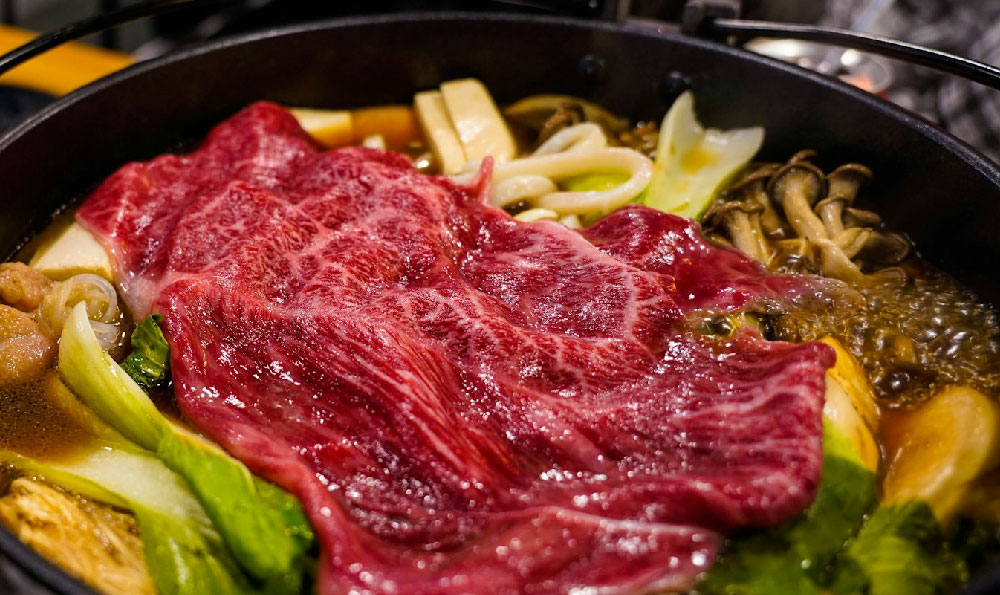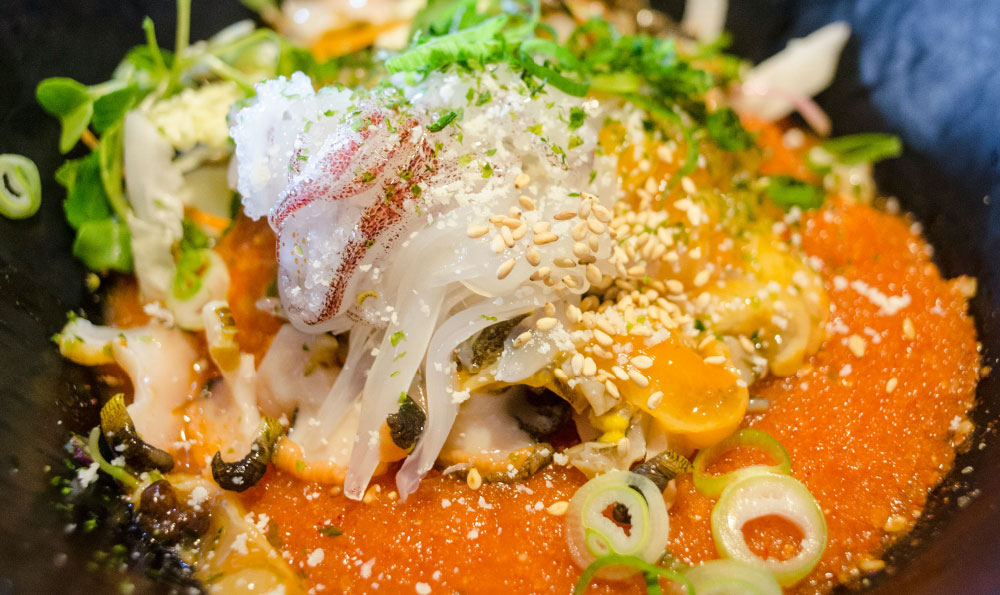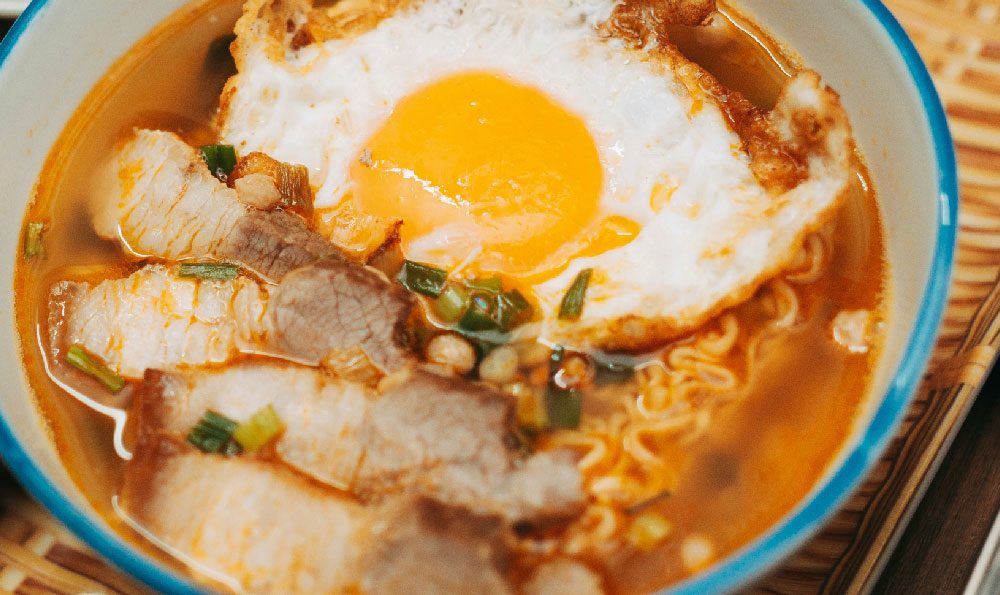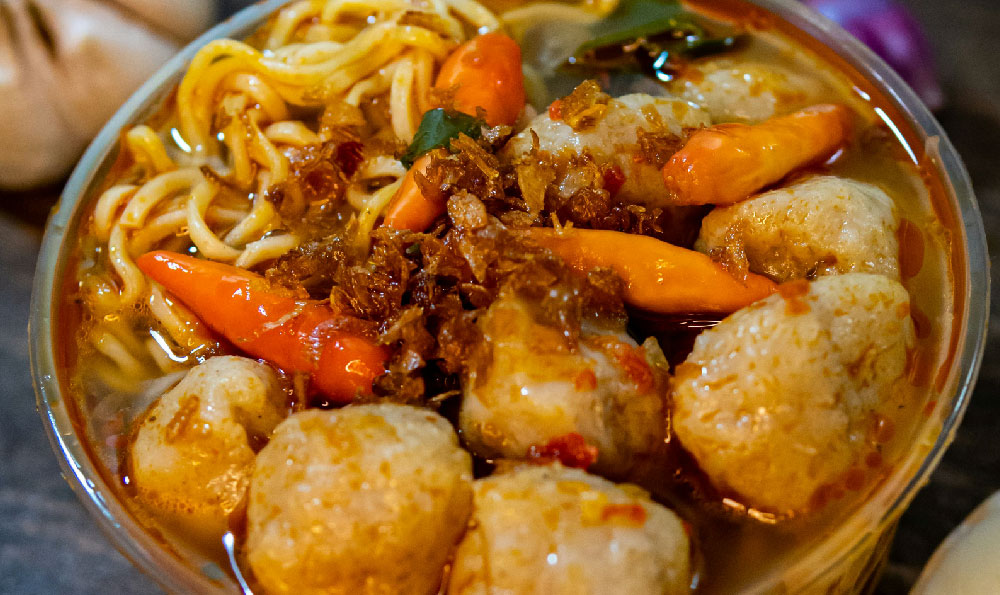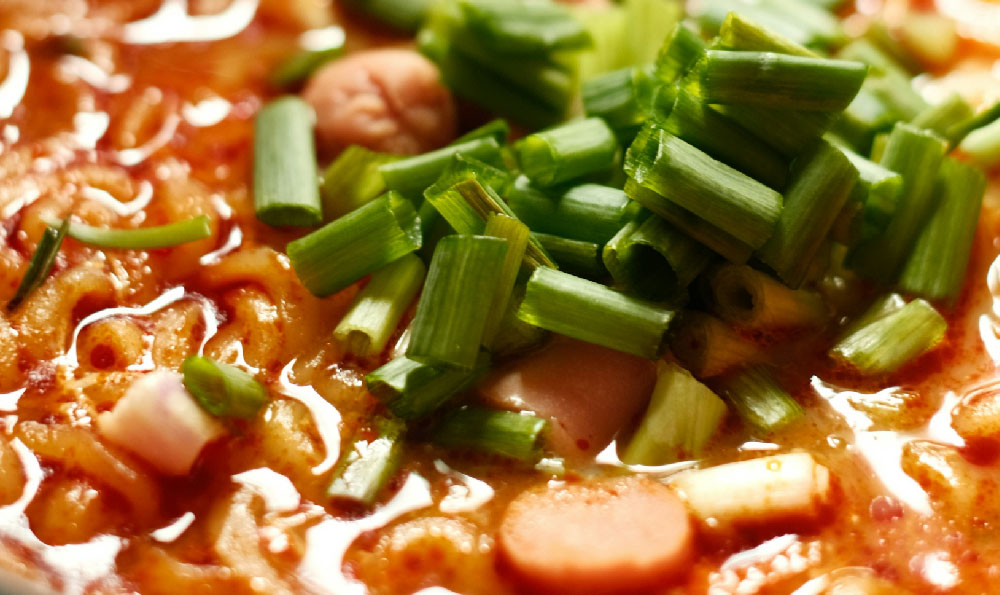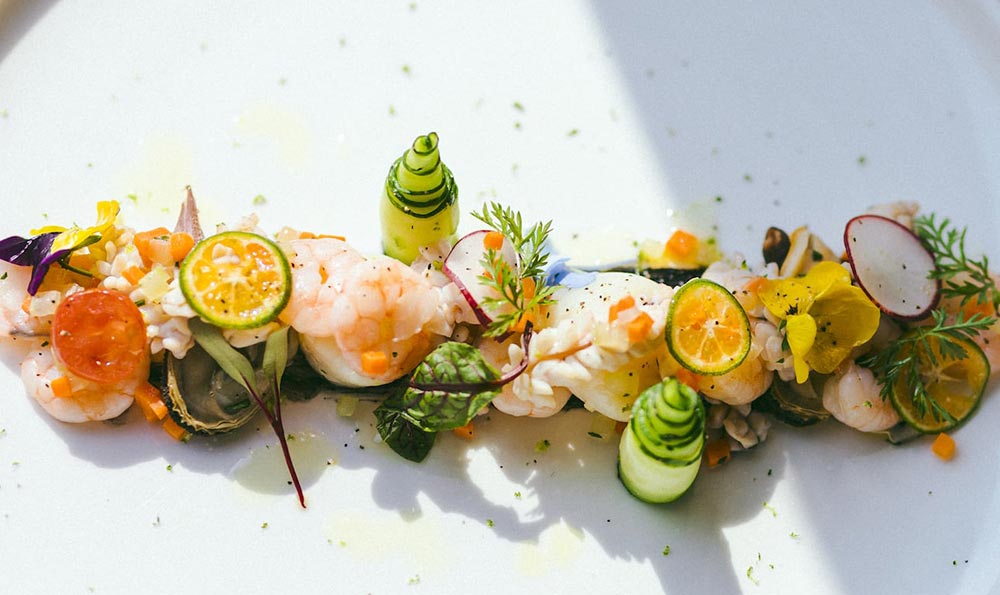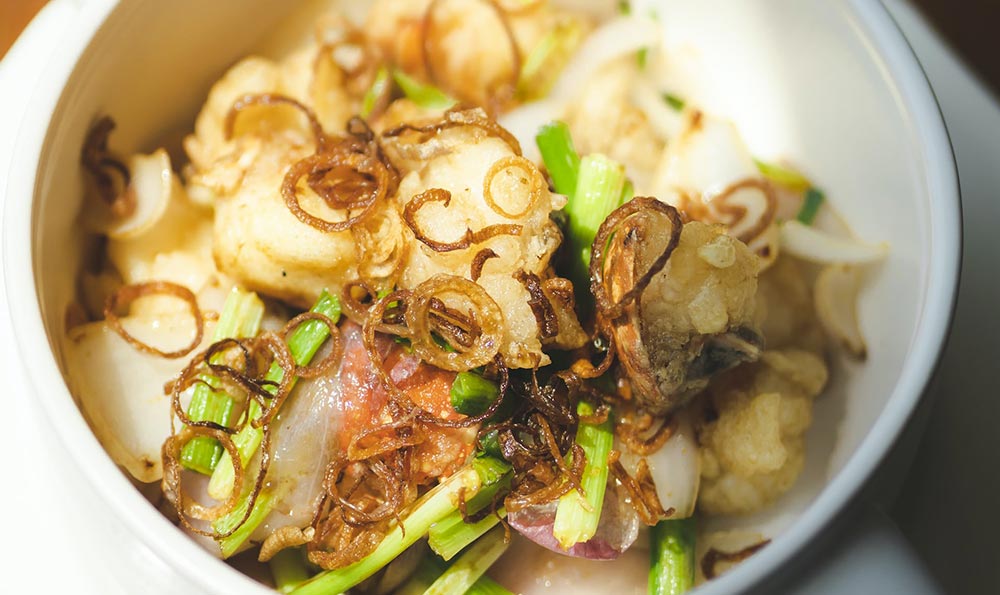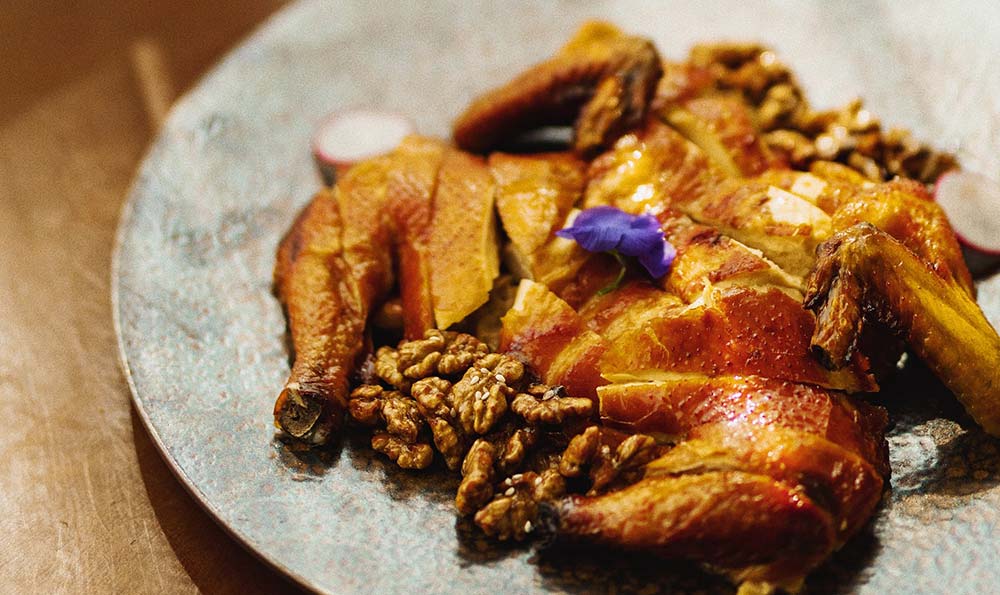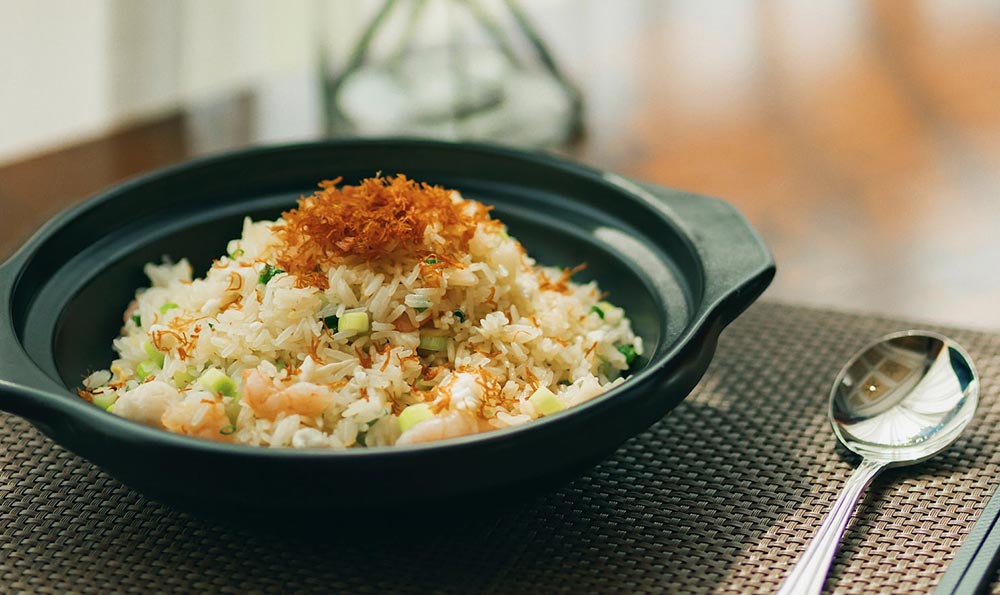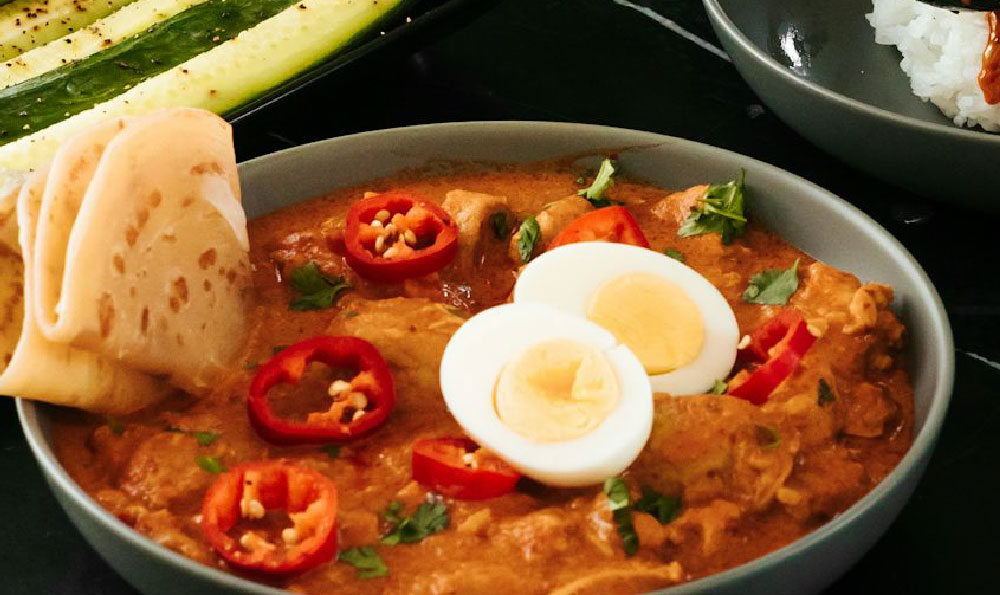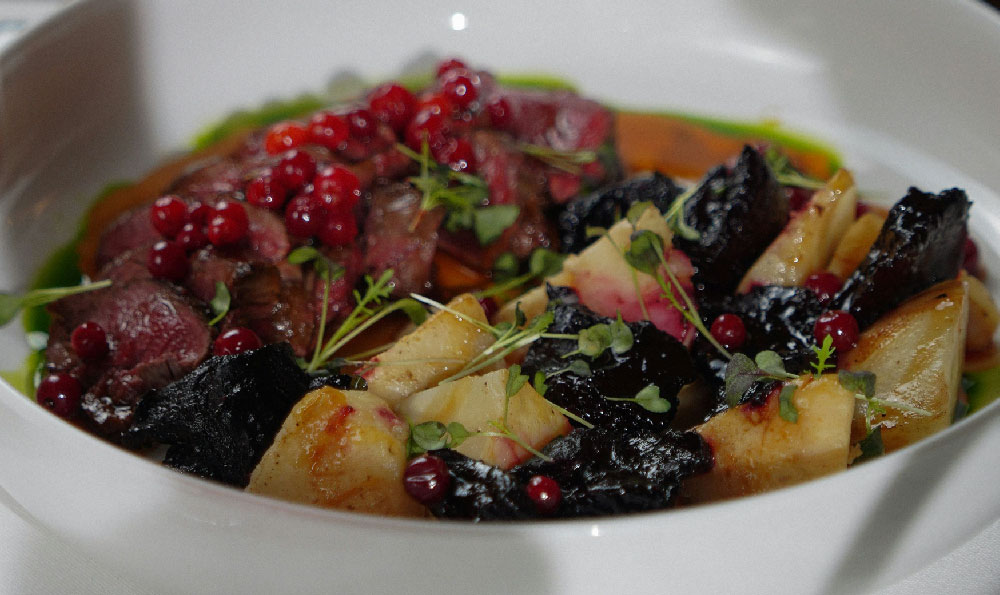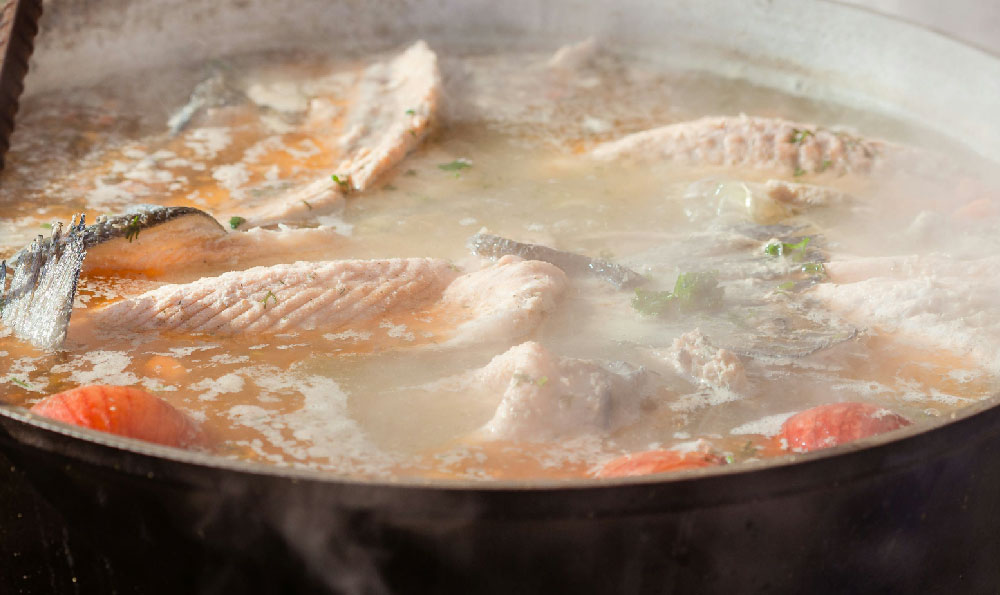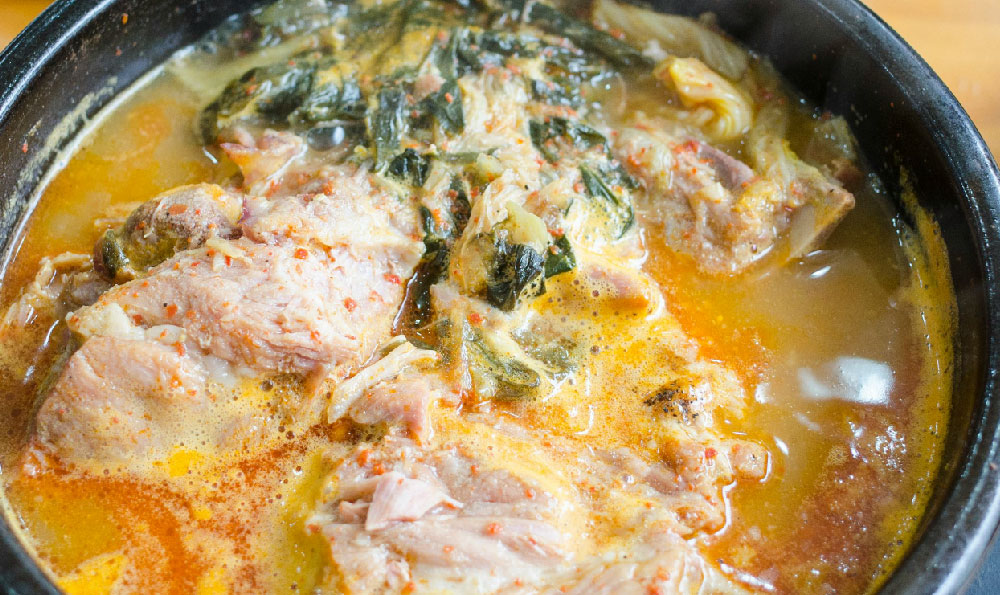
麻辣烫的制作过程首先需要准备好各种原料。主要的原料包括肉类、蔬菜、豆腐、粉丝和调料等。肉类可以选择牛肉、羊肉或鸡肉,根据个人口味和喜好进行选择。蔬菜部分可以选择大白菜、生菜、菠菜等多种蔬菜进行搭配。豆腐也是麻辣烫的重要配料之一,可以选择鲜豆腐或者老豆腐根据个人口味选择。还需要准备一些粉丝作为主料的搭配。调料方面主要是麻辣烫底料,包括花椒、辣椒和各种香料,可以根据个人口味的偏好调整。
二、 制作过程
1. 切配食材:将肉类和蔬菜切成适当的大小,以便煮熟后入口更佳。豆腐可以切成小块,方便吃的时候搭配粉丝一起入口。配料切配完成后,可以准备一个大碗或者盘子,将各种食材放在一起,方便后续的烹饪。
2. 煮熟食材:准备好的食材可以放入锅中煮熟,煮的时间一般较短,以保持食材的口感和营养。可以选择用沸水煮熟,也可以选择用高压锅进行烹饪。煮熟的食材捞出放入准备好的大碗中。
3. 调制底料:将花椒、辣椒和其他调料一起放入炒锅中炒熟,直到香气四溢。可以根据个人口味调整辣度和味道。炒熟的底料可以放入准备好的大碗中。
4. 混合食材:将煮熟的食材和调制好的底料放入同一个大碗中,用筷子或者勺子将食材和底料充分混合均匀。这样可以使食材充分吸收底料的味道,增加整体口感。
三、 特色和做法技巧
东北的麻辣烫以其独特的特色成为了人们喜爱的美食之一。麻辣烫的特点在于配料丰富多样,调料辣爽麻辣,汤汁浓郁鲜美。在制作过程中,有几点需要注意的技巧。
1. 火候掌握:煮熟食材的时间要掌握好,过长容易使食材变得过熟,影响口感。而煮的时间过短,则会导致食材不熟,影响食品的卫生安全。在烹饪过程中要灵活掌握火候。
2. 底料调配:底料的调配很关键,要根据个人喜好和口味进行调整。辣度和麻感的搭配需要根据个人的接受程度来调整,以确保食材的口味和辣度的平衡。
3. 配料搭配:配料的选择要多样化,尽量搭配一些有营养的蔬菜,增加口感和风味。可以根据季节和当地的食材来选择搭配,以增加麻辣烫的特色和地域感。
四、 总结
东北的麻辣烫制作过程不仅注重食材的准备和处理,还要讲究火候和调料的搭配。制作出来的麻辣烫口感丰富,辣爽麻辣,深受人们喜爱。无论是在家中自制还是在餐馆中品尝,麻辣烫都能让人感受到东北特有的美味和独特的风味。这一美食不仅满足了人们对美味的追求,同时也展示了东北地区饮食文化的魅力和特色。
杨国福麻辣烫制作过程
餐馆的门铃响起,第一位顾客进来了。店内工作人员迅速招呼并引导顾客入座。为了保持高效率,店内已经准备好了所有所需材料和设备。

厨房中心是一台宽大的煮锅,用于烹饪麻辣烫的主要配料。工作人员会打开煮锅并等待水烧开。水温达到适宜的状态后,他们会调整火力,以保持温度的稳定性。
与此他们会准备食材。蔬菜、肉类和豆腐等食材都被切成合适的大小,并摆放在整齐排列的容器中,以便于制作麻辣烫时快速取用。这个过程需要工作人员的熟练技巧和对食材特性的了解。
当水开始煮沸时,工作人员会逐一将食材加入锅中。他们会先放入耐煮的食材,如豆腐、鸡肉片等,以确保这些食材能够充分煮熟。他们会加入蔬菜,如生菜、豆芽等,以便蔬菜能保持一定的嫩度。
在添加食材的工作人员还会加入各种调味品和香料。这些调味品和香料都是依据杨国福独特的秘方配制而成,以确保麻辣烫的味道和口感得以保持一致。调味品和香料的添加是根据个人口味来调整的,以满足不同顾客的需求。
麻辣烫的烹饪时间不宜过长,以免食材变得过软或过熟。工作人员会根据食材的种类和大小来判断煮熟的时间,并在合适的时机将食材捞出。
一碗美味的杨国福麻辣烫除了好的食材和烹饪技巧外,还需要一份好的调料搭配。店内的调料区域摆放着各种酱油、香油、花生酱等调料,供顾客自行添加。顾客可以根据个人口味来调整烫的味道。
工作人员会将煮好的麻辣烫装入碗中,切好的葱花、香菜等配料撒在上面,以增加食物的颜值。他们会将麻辣烫端到顾客面前,并询问是否还需要其他服务。
杨国福麻辣烫的制作过程严格遵守标准操作规程,并通过不断的练习和研究来提升工作效率和产品质量。每位工作人员都经过专业培训和考核,以确保食物的卫生安全和口感的一致性。
通过以上描述,我们可以清楚地了解到杨国福麻辣烫的制作过程。每道工序都经过严格的控制和操作,以保证每碗麻辣烫都能够符合顾客的期待。这个制作过程需要工作人员的耐心和技术,同时也需要严格的卫生标准和高质量的食材。杨国福麻辣烫以其独特的口味和品质,成为了人们喜爱的美食之一。
麻辣烫制作过程英语作文
Introduction:

The popularity of spicy hot pot, also known as "麻辣烫" (má là tàng), in China has been on the rise in recent years. This industry article aims to provide an objective and accurate description of the process involved in making this famous delicacy. By incorporating relevant opinions and data, as well as vivid details, the article not only enhances its attractiveness and credibility but also presents a clear and structured narrative.
Part 1: Ingredients and Preparation
Hot pot, a traditional Chinese dish, typically consists of a variety of fresh ingredients. The main ingredients for 麻辣烫 include a spicy soup base made from chili peppers, Sichuan peppercorns, and other spices. The soup base is usually prepared beforehand to extract the maximum fragrance and flavor. Vegetables such as cabbage, mushrooms, and bean sprouts are washed and sliced, ensuring their freshness. Meats, such as thinly sliced beef or lamb, are also prepared, along with tofu, fish balls, and other popular protein options.
Part 2: Cooking Method
The process of making 麻辣烫 involves a communal pot filled with the spicy soup base, which is heated on a stove or an electric hot pot. Once the soup base reaches a simmer, various ingredients are added one by one, taking into consideration their cooking times. The vegetables and tofu are usually added first as they require more time to cook, followed by the meats and fish balls. This layering ensures a balanced and flavorful meal.
Part 3: Individual Customization
One of the unique aspects of 麻辣烫 is the ability for individuals to customize their own dishes. Each person can select their preferred ingredients, choosing from a wide range of options available. Some restaurants even provide a buffet-style setup, where customers can choose their own ingredients from a variety of fresh stations. This personal touch allows customers to tailor their meals according to their taste preferences and dietary restrictions.
Part 4: Unique Flavor
The distinctive flavor of 麻辣烫 is derived from the combination of spicy and numbing sensations. Sichuan peppercorns, known for their numbing effect, create a tingling sensation in the mouth when consumed. The chili peppers, on the other hand, provide a fiery and spicy kick. These two flavors complement each other, resulting in a complex and rich taste that is highly sought after by fans of spicy food.
Part 5: Ever-evolving Industry
The success of 麻辣烫 has led to a thriving industry, with countless restaurants and chains specializing in this dish. This industry has not only provided employment opportunities but has also fueled innovation in terms of new recipes and flavors. As a result, consumers have more options than ever before, allowing them to explore different variations of this beloved dish.
Conclusion:
In conclusion, the process of making 麻辣烫 involves carefully selecting fresh ingredients, preparing a flavorful soup base, and customizing the dish to individual preferences. The unique combination of spice and numbing sensations, along with the ever-evolving industry, has contributed to the enduring popularity of this Chinese delicacy. Whether enjoyed in a restaurant or at home, 麻辣烫 continues to captivate food enthusiasts with its irresistible flavor and rich cultural heritage.

